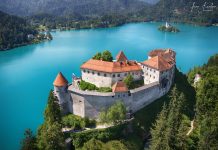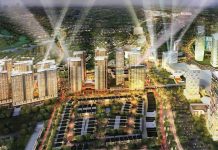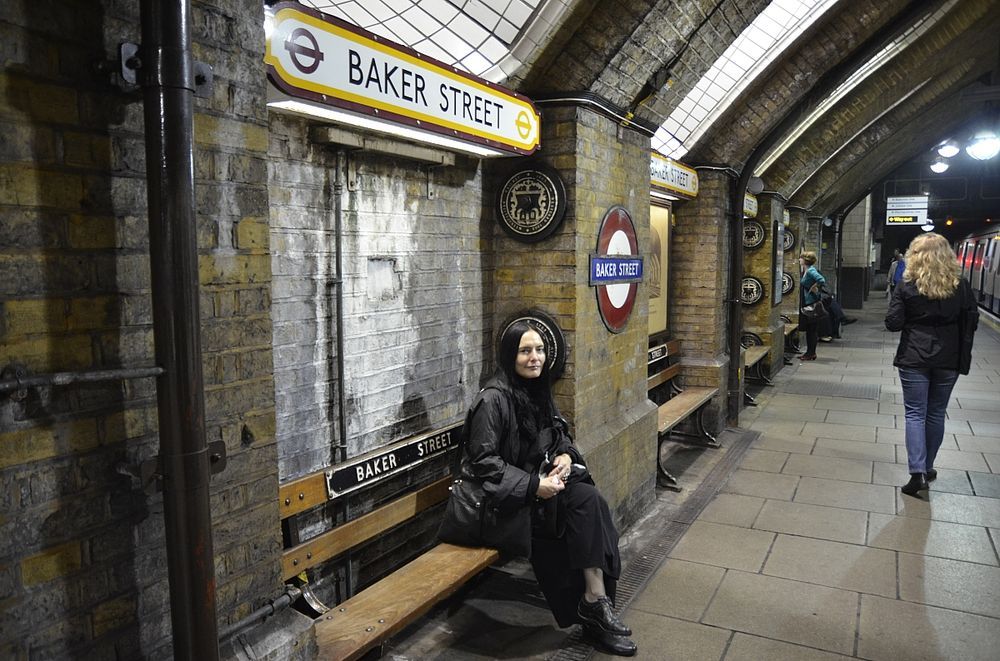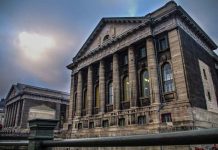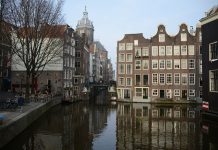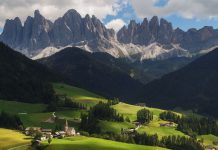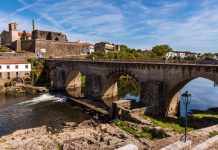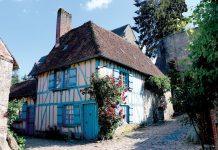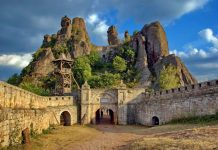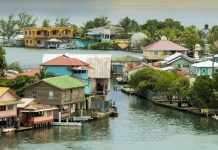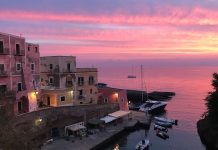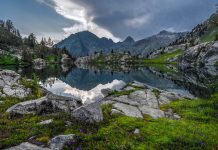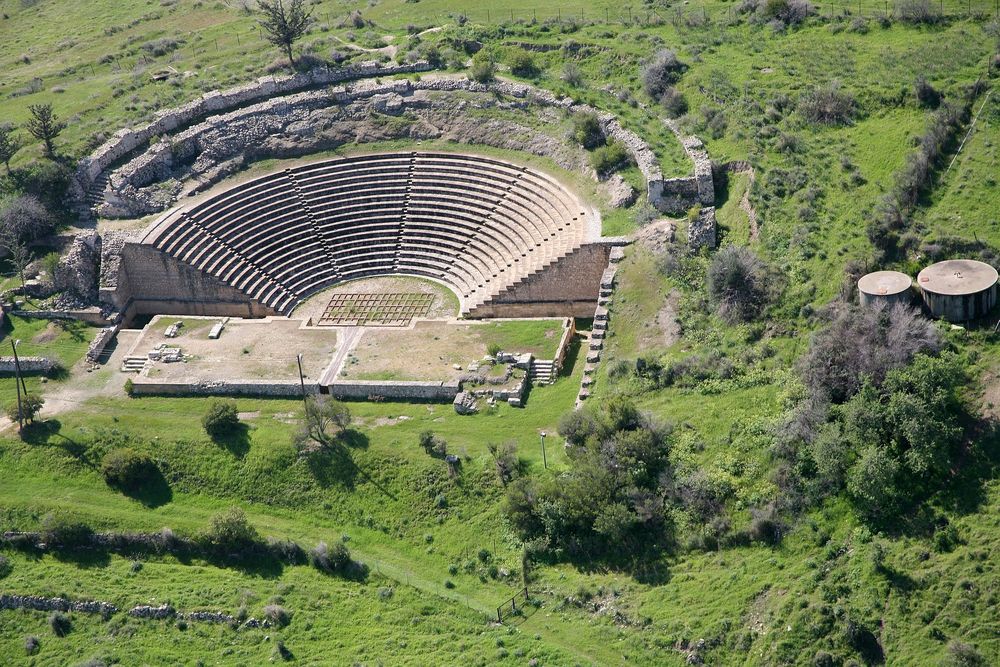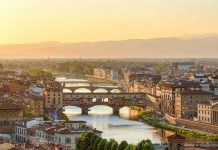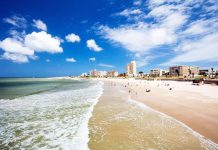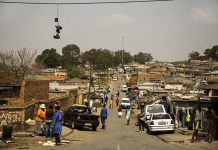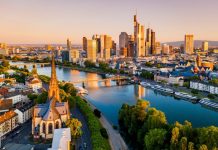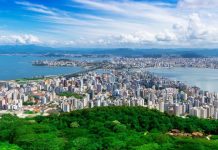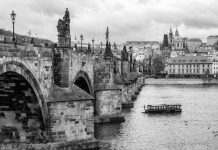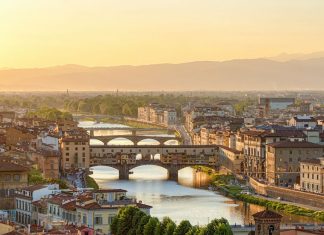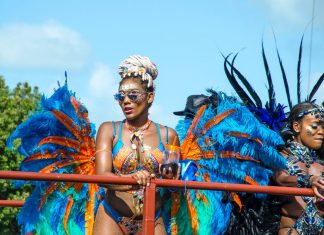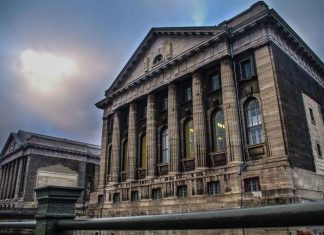Soli is located near the Lefke town. Soli was one of the ten ancient city kingdoms of Cyprus. Soli Was built in the beginning of the sixth century BC. It is foundation is attributed to Solon. Solon was the Greek and Solon is the founder of the Soli (ancient kingdom of Soli). Soli was built near the Xero’s river for the economic reasons . Soli was one of the ancient kingdoms of Cyprus and played an important part in the history of the island during the revolt against the Persians but later all the Cypriot cities were reduced by the pensions. It was destroyed by Arab invasions in the 7th century.
Excavations have shown that settlement was made here as early as the 11th century BC. owing probably to the existence of a good water supply, fertile Soli and a protected harbour, the near by copper deposits and timber to smelt the copper Soli flourished up till 648 ad when it suffered during the first of the ruined cities of ancient Cyprus the stones were later removed for building elsewhere. Those of Soli were destined for the construction of port said in Egypt in the later half of 19th century.
Excavation of the old city of Soli began in 1929 under the direction of a team of Swedish archaeologists . A Roman Theatre was discovered with an auditorium of seventeen cows of seats and a larges semi circular orchestra. This theatre has now been restored recent excavations by Canadian archaeologists have brought to light the remains of an Agora an Acropolis and a church with a mosaic floor. The rest of the Soli city which stretches over a wide area , has still not been fully uncovered. Excavation is not finished yet . There are lots of ancient monuments still under the land The archaeologist knows them but they think it is safe there. Because protect the ancient monuments is very big problem in Northern Cyprus. In addition Soli consists very big port of the land.
Soli is known as the traditional place where St Mark received baptism and St Auxibius, a Roman who fled the city in the 1st century, was its first bishop.
Soli Basilica was one of the earliest of its kind in Cyprus featuring. Its own individual characteristics The first church of Soli is thought to have been built in the second half of the 4th century. This was a three aisled building of approximately 200m length. The most important part of the basilica of Soli its mosaics.
A large part of these have survived to the present day. As is the case with the other churches of Cyprus , originally the mosaics were of geometric design . Gradually, animals and later opus sectile decoration pavements made from small coloured stone tiles A goose like swan surrounded with floral and four small dolphins in the floor of the nave catch one’s attention. The Greek inscription in mosaic set in the apse reads: “Christ save those who gave this mosaic”.
The church which was built on the ruins of the originals one in the 12 th century was smaller in size and occupied the eastern section. Mosaics both abstract and animal . Basilica destroyed in the seventh century some of the mosaics were built over during construction of a smaller , later church closer to the apse , where a mosaic inscription has been partly obliterated.
The Roman theatre of Soli occupies the site of the original Greek amphitheatre on the northern slope of a hill overlooking the sea below. It has a capacity of some 4000 spectators. Its stage building was of two storeys, covered with marble panelling and decorated with stoves.
Its semi circular auditorium has very good acoustic system . The excavation and restoration of the Roman theatre of Soli was completed in 1962. The orchestra area was gained through two side entrances at present this section is restored halfway from the stage building only a platform on which. It was built has survived at the west of the theatre on the nearby hill traces of the temples dedicated to Aphrodite have been discovered. The famous torso of the Aphrodite have been discovered. The famous statute of torso of the Aphrodite of Soli was found here which is now in the Cyprus Museum in the Greek-Cypriot side of Nicosia.
These days the Roman theatre of Soli is used for the cultural activities such as concert and plays.
Agora was the shopping centre of the Soli and excavations of agora still not finished. Excavation in the agora west of the custodian’s hut to below the amphitheatre were suspended after 1974 as was all work in the north.
It is now fenced off, but before then a columned paved street leading through the market to a Nymphoeum had already been uncovered as had the famous Aphrodite statuette and the bronze boys head, both now in the Cyprus museum.

